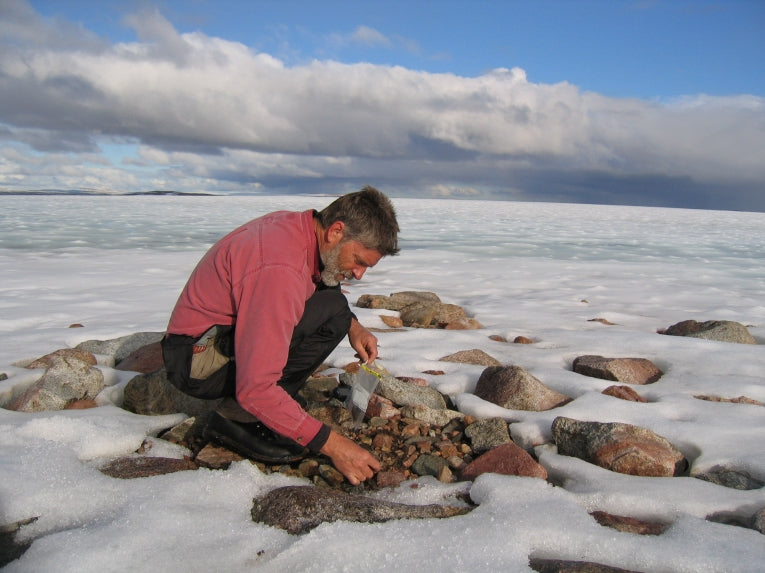The 13th-century Little Ice Age was caused by four huge tropical volcanic eruptions, scientists believe. The Little Ice Age, which may have began as early as 1275AD, caused cooling that lasted five hundred years.
An international team of researchers, headed by the University of Colorado Boulder, USA, have used computer modelling along with radiocarbon dating of 150 samples of dead vegetation from under the edge of ice caps on Baffin Island, Canada, ice and sediment data, to investigate the incident.
They found most of the plants died from 1275-1300AD when they were frozen in ice and the cooling was sustained in the long run by sea-ice and ocean feedback.
Lead author Gifford Miller says, "This is the first time anyone has clearly identified the specific onset of the cold times marking the start of the Little Ice Age.
"We also have provided an understandable climate feedback system that explains how this cold period could be sustained for a long period of time. If the climate system is hit again and again by cold conditions over a relatively short period--in this case, from volcanic eruptions--there appears to be a cumulative cooling effect."
The repeated cold summers that followed the eruptions were caused by an expansion of sea ice and weakened Atlantic currents, the research suggests.
Among previous theories about the cause of the Little Ice Age is a reduction in solar radiation in summer and volcanic eruptions that sent sulphates into the atmosphere and reflect the sunlight into space.
Co-author Bette Otto-Bliesner, from the National Center for Atmospheric Research, says, "Our simulations showed that the volcanic eruptions may have had a profound cooling effect. The eruptions could have triggered a chain reaction, affecting sea ice and ocean currents in a way that lowered temperatures for centuries."
Some scientists put the start of the Little Ice Age as late as the 16th century. Cold temperatures were most evident in Northern Europe where moving mountain glaciers destroyed towns and residents were able to skate on the Thames in London and the canals in Holland.
Gifford Miller, a fellow of Columbia University's Institute of Arctic and Alpine Research, says, "The dominant way scientists have defined the Little Ice Age is by the expansion of big valley glaciers in the Alps and in Norway. But the time in which European glaciers advanced far enough to demolish villages would have been long after the onset of the cold period."
Following the Baffin Island research, the team analysed sediment from an Icelandic glacier. The core sample became thicker in the late 13th century, which indicates increased erosion following the growth of the ice cap from the cooling.
Gifford Miller says, "That showed us the signal we got from Baffin Island was not just a local signal, it was a North Atlantic signal. This gave us a great deal more confidence that there was a major perturbation to the Northern Hemisphere climate near the end of the thirteen century."
The researchers then used the Community Climate System model to see the likely effects of volcanic cooling on Arctic sea ice and found that several large eruptions, within a relatively short space of time, could have cooled the Northern Hemisphere enough to begin the Arctic sea ice expansion.
Some of the sea ice would have melted in the North Atlantic. As it has little salt, the surface water would become less dense, stopping it mixing with deeper water. This will have been transported back to the Artic and the process could have continued for a long time after the effects of the volcanic eruptions finished, the simulations revealed.
The solar radiation was fixed at a constant level in the climate models, suggesting the Little Ice Age occurred without a reduction in summer solar radiation.
The study, which featured co-authors from the University of Iceland, the University of California Irvine and the University of Edinburgh, is published in Geophysical Research Letters, published by the American Geophysical Union. It was partly financed by the Icelandic Science Foundation and the National Science Foundation.















